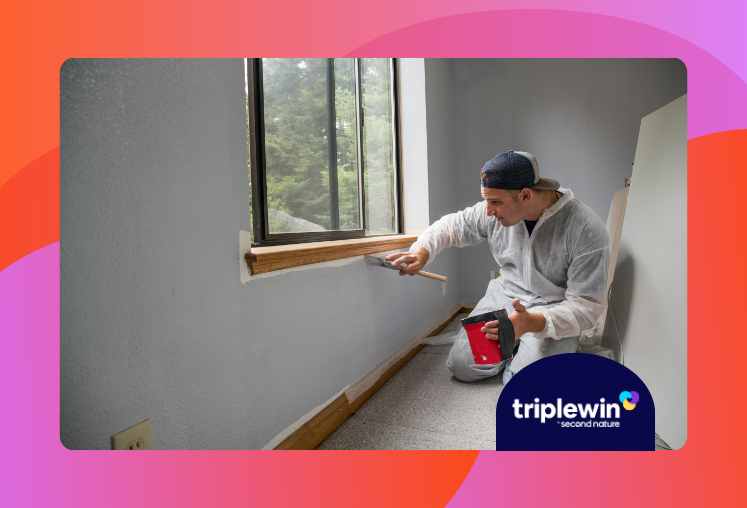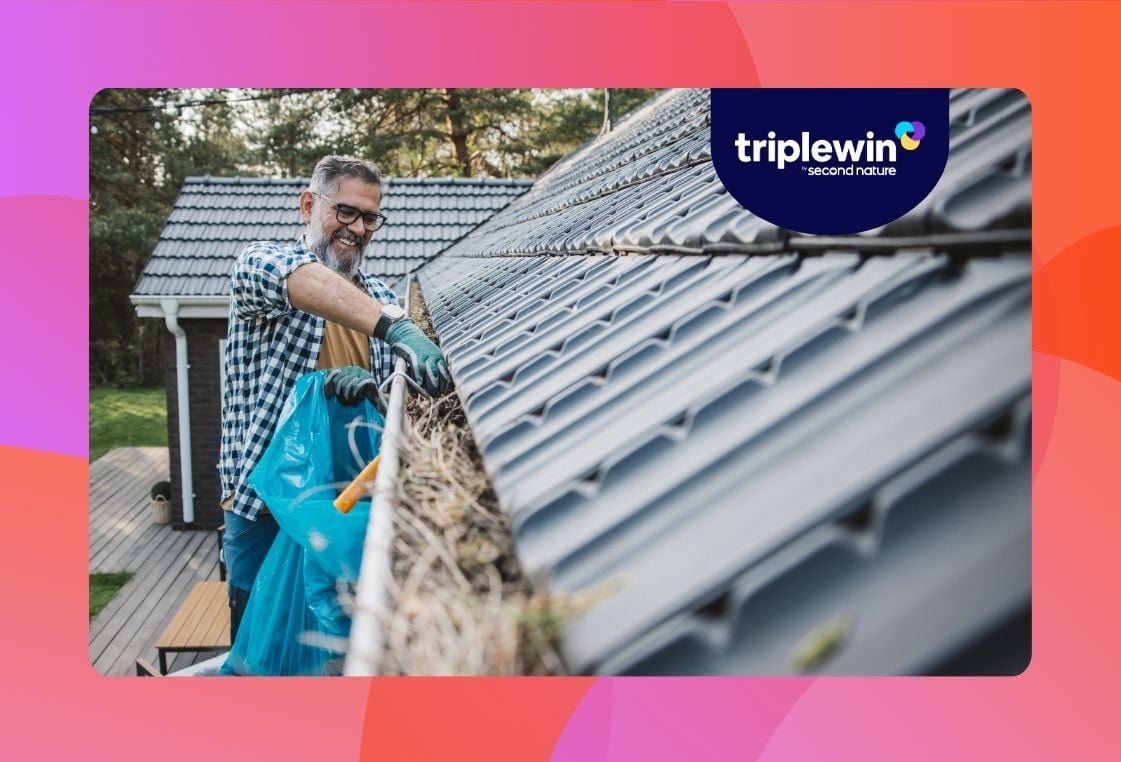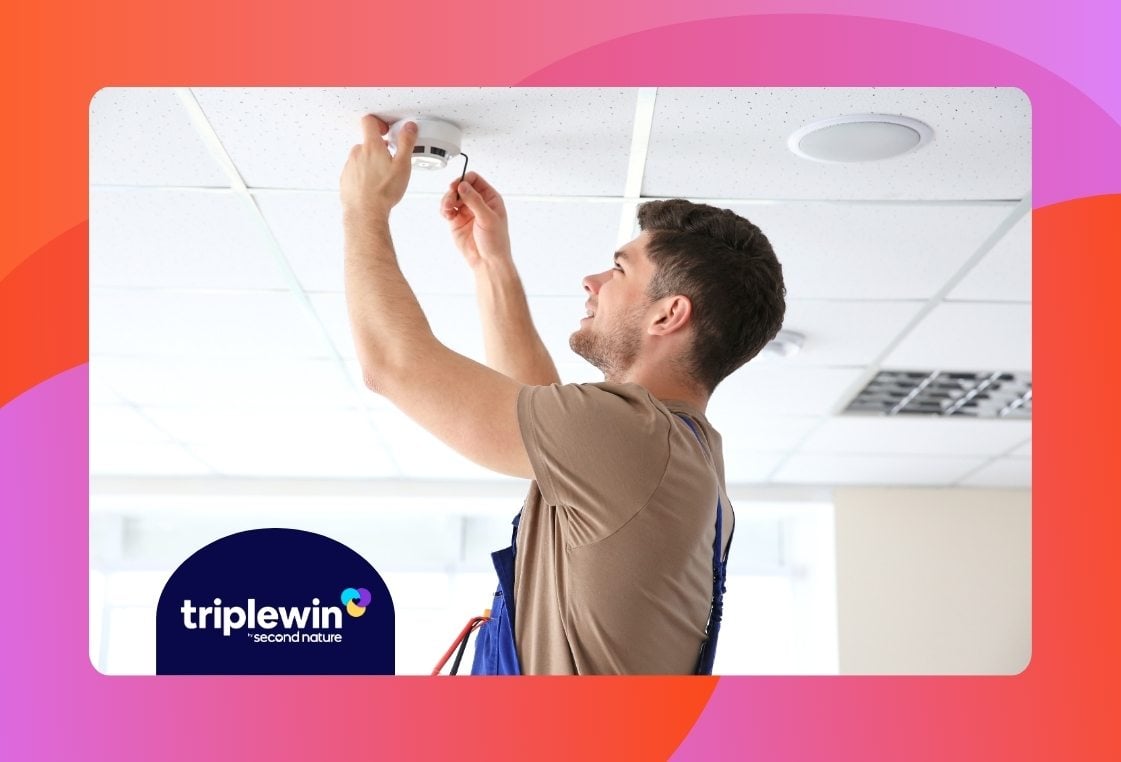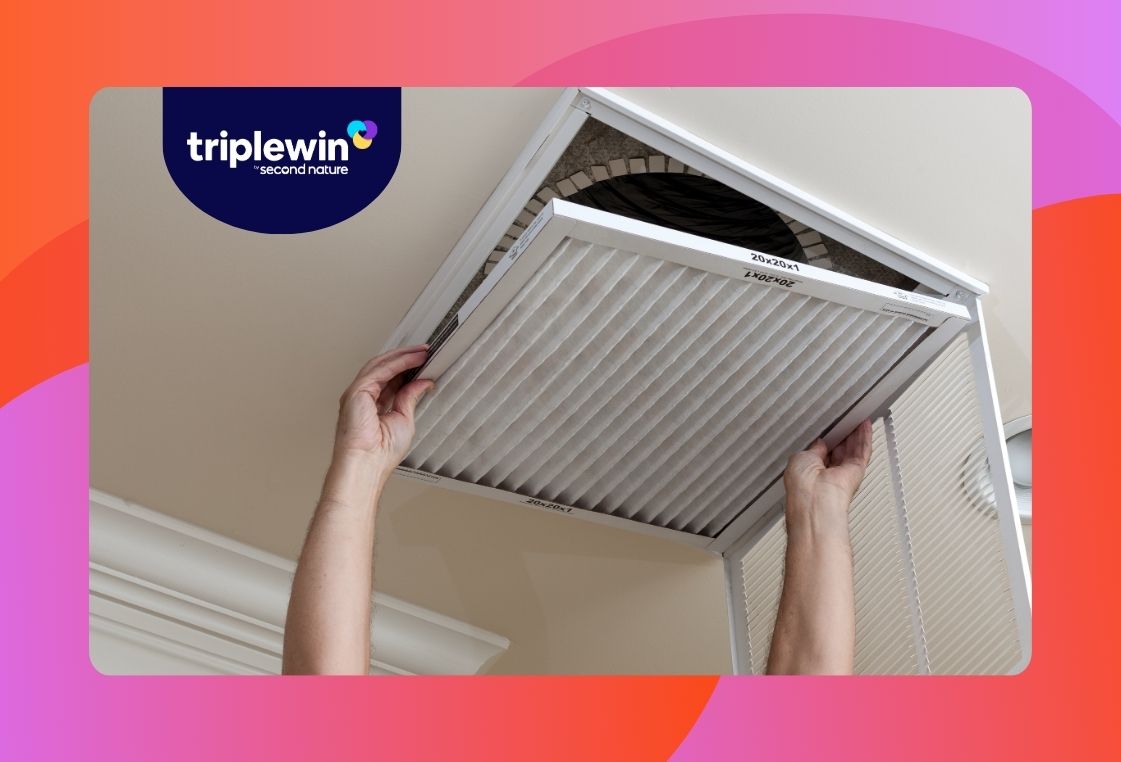
Property Management Turnover Checklist & Tips
Vacancies and turns are the bane of property managers’ existences. They’re costly, time consuming, and difficult, particularly in the scattered-site and single-family markets. That’s why we’ve built our property management turnover checklist to help PMs streamline their workflows and save money. This article will help you better understand the costs of vacancy and turnovers in single-family rental homes, and provide a workflow that can help shrink vacancies and minimize the associated costs. We’ll walk through the full turnover process, identifying opportunities and tips at each stage. Why speedy turnovers matter for SFR managers Single-family property managers feel the pain of slow turnovers even more than multifamily. While MFR managers might have a model unit to show prospective applicants while turnover maintenance is happening, SFR managers don’t have that luxury. There’s more travel involved in showings, maintenance, and inspections. There’s no closet or warehouse of replacement parts that are standardized across all your units. All of that adds up to make the turnover process more lengthy and more expensive for scattered site managers. Quantify vacancy losses A large part of measuring your vacancy losses is getting a better understanding of your resident turnover rate. Resident Turnover Rate = (Number of Move-outs) / (Number of Units) X 100 For example, if you have 450 units, and an average of 34 move-outs a year, your turnover rate would be: (34/450) x 100 = 7.56%. Your turnover rate not only helps you calculate how much you spend on turns and vacancies, it also gives you insight into how well your management strategy is performing and whether you should consider making changes. Break down actual turnover costs Next, you’ll need to get a more thorough understanding of the financial costs of turs—both opportunity costs and actual costs. Lost rental income: Every property manager knows that a vacant unit isn’t collecting rent. Every day that a home sits empty is lost income for you and for your client. Marketing & advertising: Marketing isn’t cheap. Listing fees, paid ads, and agent commissions all add up quickly, and can be particularly high in competitive markets. Maintenance & repairs: Cleaning, painting, flooring, and appliance services are common tasks during turnovers. Larger CapEx expenses can also pop up if upgrades are timed with vacancies or a property has a lot of deferred maintenance. Resident acquisition: Beyond just marketing, screening reports, application processing, lease drafting, and legal review can be expensive. Your application fees may cover some of these expenses, but often not all. Staff time & opportunity cost: Showings, move‑out coordination, and vendor follow‑up all take up your team’s time, pulling focus away from growth tasks. Impact on resident experience and retention Don’t overlook the fact that turnovers can also have significant impacts on resident experience and retention. For example, if you manage HOAs, multifamily buildings, scattered units in condo buildings, or several homes in the same neighborhood—like build to rent developments—frequent turnovers can disrupt other residents. Noise and parking issues from movers can be frustrating, and turnover maintenance can be loud and disruptive. It becomes a self-sustaining cycle. Turnovers cause unhappy residents, who then are more likely to turn over. Stable, long-term residents mean predictable cash flow and less work for your team. By maximizing the resident experience, you can prevent turnovers and increase NOI. Single‑family rental turnover workflow Let’s take a step-by-step look at the turnover process for single-family rental homes. Send and confirm the notice‑to‑vacate package If a resident has indicated their intention to move out at the end of their lease, make sure to require written notice. Send a notice to vacate in order to protect yourself legally. Schedule an automated message to send a move-out guide to vacating residents. Provide clear instructions on the move-out process, expectations for the condition of the home, and reminders about any potential fees or penalties as outlined in the lease. Schedule a pre-move-out walkthrough to take place within five days of the end of the lease. Collect keys & document possession transfer In many jurisdictions, possession of a property is not officially surrendered until keys or access fobs are returned. Make sure to schedule the key handoff ahead of time, in writing. Provide instructions for what a resident should do if a key—including an access fob or mailbox key—has been lost. Take a timestamped photo of the key handoff and share a copy with the resident. Perform resident‑present move‑out inspection You want to be on the same page as the resident when it comes to the condition of the property at move-out. Use a standard checklist to document the condition of the whole home. Take at least four photos per room and additional photos of any damaged areas. Consider recording a video walkthrough to minimize potential disputes. In your report, clearly mark normal wear vs. billable damage. Settle the security deposit per state law Security deposits are highly regulated in most states, so know your jurisdiction’s specific requirements. Always consult with legal counsel if you’re unclear on the particulars. Make sure to follow your state’s deadlines for returning the security deposit or provide an itemized list of charges. Itemize charges and attach photos where relevant. Provide payment for any balance due back to the resident, in accordance with your lease agreement and state or local laws. Schedule make‑ready tasks in optimal order A large portion of turnover maintenance happens in the first 48 hours. Use your walkthrough inspection to determine what repairs and upgrades are needed. Flag major repairs, especially those that will need investor approvals, like plumbing, electrical, or HVAC. Schedule vendors to paint and patch walls or repair flooring. Schedule professional cleaning and landscaping teams to make the home rent-ready. Relist & open self‑showings Once the property is ready, it’s time to start marketing. Refresh any outdated photos, especially if you’ve painted or installed new appliances. Syndicate your to MLS, Zillow, Facebook Marketplace. Enable self-guided lockbox showings. Lease turnover repair and maintenance checklist Turnovers are often a great opportunity to tackle deferred maintenance, or to perform upgrades on a property. Even if larger ticket repairs aren’t needed, you’ll still have maintenance tasks to get the home rent-ready. Let’s dive into some of the most common turnover repairs with this checklist. Change locks and reset smart devices Provide peace of mind for residents by rekeying locks. Reset any smart home devices, security codes, or other items so that they’re ready for new residents. If you offer internet as an amenity, update wifi credentials to ensure network safety. Consider upgrading to a smart thermostat to make the home more efficient and minimize utility bills. Service or replace appliances Create an appliance maintenance checklist, including filters, drains, and hardware. Replace any appliances that are not in working order, or that have been repeated sources of work orders. Update your marketing photos if new stainless steel appliances have been installed. Keep an inventory of appliances with photos and serial numbers, which will make it easier to communicate with vendors in the future. Patch, paint, and caulk walls & trim Consider hiring a professional painting company if you’re repainting multiple rooms. Patch any nail holes or damage from the previous resident. Spot-prime any repairs before painting over them in order to ensure a smooth coat. Use neutral colors that will appeal to a large audience, like eggshell or light grey. Repaint every three to five years or if necessary. Deep‑clean or replace flooring Professionally clean carpet to remove spots or discoloration. Replace flooring if the old flooring poses a health risk or shows cracks, bulging, or damage. Consider replacing outdated flooring even if it’s still in acceptable condition. New flooring can significantly increase the value of a property. Safety & maintenance roundup Replace smoke and carbon monoxide detector batteries. Replace any dead lightbulbs throughout the property. Test GFCI outlets in kitchens and bathrooms. Tighten hardware on doors, windows, cabinets, and drawers. Check electrical systems, as well as plumbing, drains, and any other fixtures. Replace air filters and water filters, including in appliances like microwaves, range hoods, and refrigerators. Clean out dryer vents to avoid potential fire hazards. Promptly and completely address any pest control issues. Time‑saving tips to minimize vacancy Vacancy is one of the most costly phases of property management, but by minimizing the time a turnover takes, you can get back to bringing in rent quickly. Perform mid‑lease inspections every six months Perform an inspection with a comprehensive inspection checklist. Look for leaks, filter neglect, or other emerging issues that could balloon into expensive repairs. Always give the resident advance notice and try to find a time that works for them to minimize disruption and provide a better resident experience. Pre‑schedule preferred vendors when notice arrives As soon as you receive notice of intent to vacate from your residents, schedule key vendors that you know you’ll need, like painters and cleaners. Perform a pre-vacancy inspection to identify any other key maintenance issues and contact the appropriate vendors. Stock turnover kits in bulk Have locks, lightbulbs, air and water filters, and paint on hand for upcoming turnovers. If your portfolio is large enough, consider purchasing in bulk to minimize per-item costs. If you’re managing multifamily, bulk turnover kits are more relevant, but they can still be applicable to SFR. Consider pre-leasing: market 30‑45 days before vacancy Know the benefits and risks of pre-leasing a property. Consider putting off pre-leasing if a property needs significant maintenance or will be getting upgrades. Consider “coming soon” listings with a tentative availability date. Keep residents longer with an RBP Consider instituting a Resident Benefits Package to increase resident satisfaction and keep residents longer. Encourage faster lease renewal decisions with Resident Rewards. Turn vacancy stress into a Triple Win with Second Nature Remember, time is money with turnovers, but cutting corners can cost you in the long run when maintenance items resurface and residents are unhappy. Use this checklist to save both time and money on turnovers without putting your future peace at risk. Second Nature’s fully-managed Resident Benefits Package can drive increased resident retention, providing valuable benefits that residents are willing to pay and stay for. Calculate how much an RBP could save you on your next turnover by speaking to one of our dedicated RBP experts in your area.
September 2, 2025
Read more





